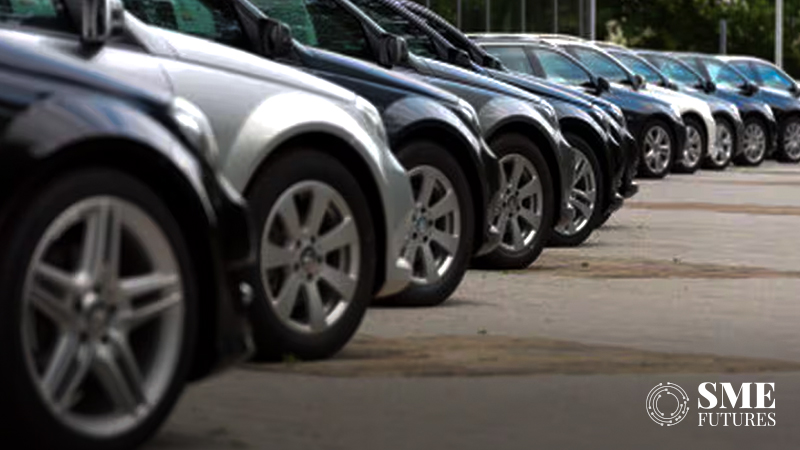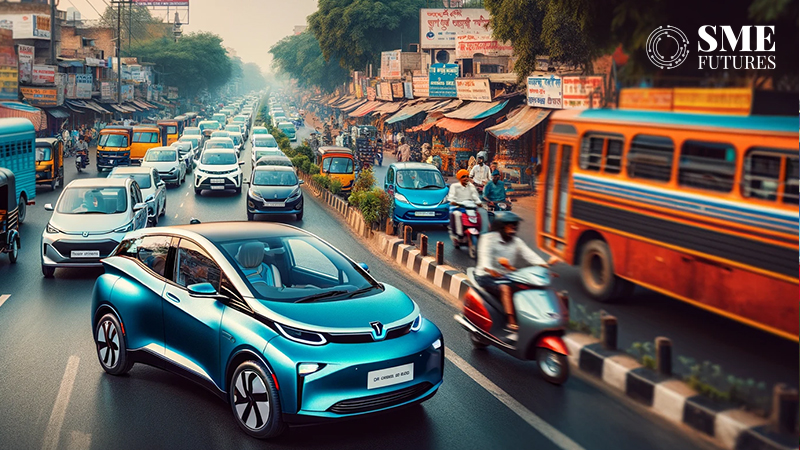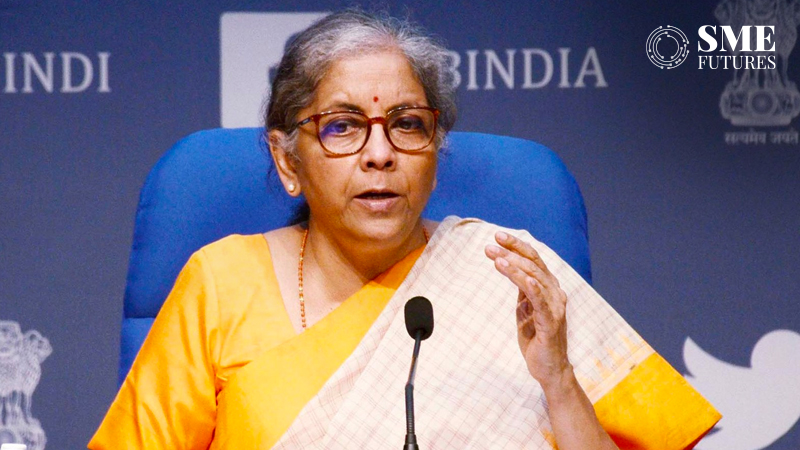NetApp, the intelligent data infrastructure company, today unveiled insights from its latest report on the evolving landscape of AI in the enterprise. The IDC White Paper, sponsored by NetApp, “Scaling AI Initiatives Responsibly: The Critical Role of an Intelligent Data Infrastructure,” reveals the various challenges and business benefits at different levels of AI maturity and provides insights into the successful strategies adopted by leading organisations in their efforts to responsibly scale AI and GenAI workloads.
By spotlighting actionable approaches, the report aims to help organisations avoid common pitfalls, ensuring that their AI initiatives are not one of the 20% that are likely to fail. The report also introduces a detailed AI maturity model developed to assess organisational progress based on their approach to AI, from AI Emergents and AI Pioneers, to AI Leaders and AI Masters
Intelligent Data Infrastructure is the Foundation of AI Success
The IDC White Paper found that:
AI Masters optimise their data infrastructure for transformational AI initiatives by facilitating easy access to corporate datasets with minimal preparation and designing a unified, hybrid, multicloud environment that supports various data types and access methods.
AI Masters have more ambitious AI goals and yet experience data-related failures including infrastructure-based data access limitations (21%), compliance limitations (16%), and insufficient data (17%).
AI Emergents note similar challenges but also experience budget constraints (20% Emergents vs 9% AI Masters), insufficient data for model training (26% vs 17%) and business restrictions on data access (28% vs 20%).
According to the findings, organisations need an intelligent data infrastructure in order to scale AI initiatives responsibly. Where a company falls on the AI maturity scale is determined by the level of infrastructure they have in place that will not only drive the long-term success of AI projects, but also of their associated business outcomes.
Those organisations that are just beginning or have recently begun their AI journey typically have disparate data architectures or plans for a more unified architecture, while AI Leaders and AI Masters are likely already executing on a unified vision. As a result, organisations with the most AI experience are failing less.
“This IDC White Paper further solidifies that companies need intelligent data infrastructure to scale AI responsibly and boost the rate of AI initiative success,” said Jonsi Stefansson, Senior Vice President and Chief Technology Officer at NetApp. “With intelligent data infrastructure in place, companies have the flexibility to access any data, anywhere with integrated data management to ensure data security, protection, and governance and adaptive operations that can optimise performance, cost and sustainability.”
Data Infrastructure Flexibility is Crucial for Data Access and AI Initiative Success
The IDC White Paper found that:
48% of AI Masters report they have instant availability of their structured data and 43% of their unstructured data, while AI Emergents have only 26% and 20% respectively.
AI Masters (65%) and AI Emergents (35%) reported their current data architectures can seamlessly integrate their organisation’s private data with AI Cloud services.
According to the research, AI Masters know that their data architecture and infrastructure for transformational AI initiatives must offer ease of access to corporate data sets without any—or with only minor—preparation or preprocessing.
“Infrastructure decisions made during the design and planning process of AI Initiatives must factor in architecture flexibility,” said Ritu Jyoti Group Vice President, Worldwide Artificial Intelligence and Automation Research Practice, Global AI Research Lead, at IDC.
“The dynamic nature of data inputs to AI and GenAI workstreams means easy access to distributed and diverse data—both structured and unstructured data sets with varying characteristics—is critical. This requires a flexible, unified approach to storage, a common control plane, and management tools that make it seamless for data scientists and developers to consume data with MLOps integrations.”
Effective Data Governance and Security Processes Drive AI Success
The IDC White Paper found that:
The inability for AI Emergents to progress is often due to a lack of standardised governance policies and procedures; only 8% of AI Emergents have completed and standardised these across all AI projects, compared to 38% of AI Masters.
While 51% of AI Masters reported they have standardised policies in place that are rigorously enforced by an independent group in their organisation, only 3% of AI Emergents claim this.
The study found that effective data governance and security are crucial indicators of organisational maturity in AI initiatives. Managing data responsibly and securely remains a key issue for enterprises, because AI stakeholders often try to shortcut security processes to accelerate development.
Feedback from organisations that have become more successful at delivering positive outcomes from their AI initiatives demonstrates that governance and security are not merely cost centers but vital enablers of innovation. By prioritising security, data sovereignty, and regulatory compliance, organisations can mitigate risk in their AI and GenAI initiatives and ensure that their data engineers and scientists can focus on maximising efficiency and productivity.
Efficient Use of Resources Important for Scaling AI Responsibly
The IDC White Paper found that:
43% of AI Masters have clearly defined metrics for assessing resource efficiency when developing AI models that were completed and standardised across all AI projects compared to 9% of AI Emergents.
63% of all respondents reported the need for major improvements or a complete overhaul to ensure their storage is optimised for AI and only 14% indicated they needed no improvements.
As AI workflows become increasingly integral to almost every industry, it’s critical to acknowledge the impact on compute and storage infrastructure, data and energy resources, and their associated costs. A key measure of AI maturity is the definition and implementation of metrics to assess the efficiency of resource use in the creation of AI models.












